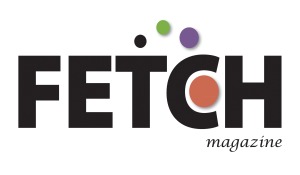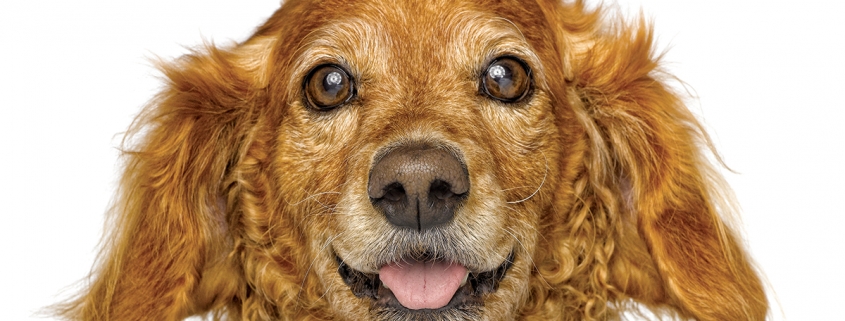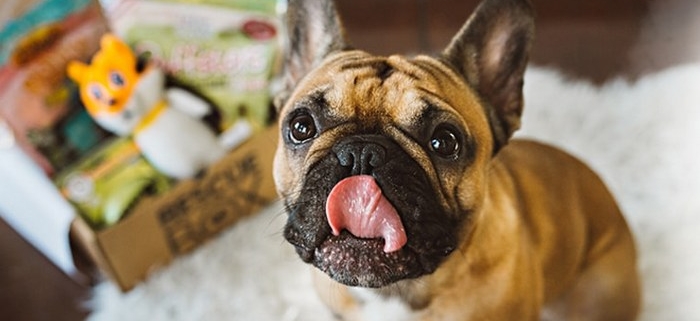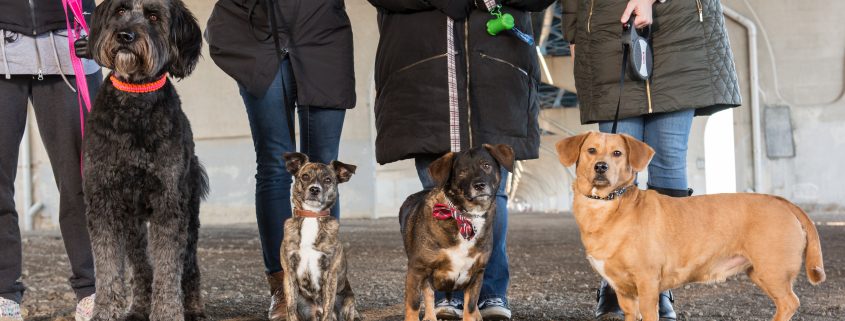By MANETTE KOHLER, DVM
William Shakespeare once said, “The eyes are a window to your soul.” Photographer Andrew Grant allows us a glimpse into the beautiful eyes and souls of hundreds of dogs, many of which are shelter and rescue dogs awaiting their forever homes, through his stunning photography in “Rover: Wagmore Edition.” This beautiful coffee table book, published by Firefly Books, Ltd., is the sixth edition in a series of Rover books and is a collection of some of his most heartwarming and soulful dog portraits. Now in their ninth year, the Rover project’s (RoverWorks.org) mission is to raise awareness of the millions of pets (dogs and cats) that enter shelters and rescues and to promote the adoption of these deserving animals. “After visiting a few shelters, I quickly learned that their greatest challenge is raising money for spay and neuter programs, health care for the animals they take in, facility operations, overhead and the list goes on,” explains Grant. “Our biggest goal is to raise more money for the best and most effective rescues in the country,” he adds.
This project came from humble beginnings. Andrew is a commercial photographer and was on a shoot in a friend’s large kitchen showroom. “My friend’s two French Bulldogs repeatedly strolled through the set,” shares Grant. “We began to include both dogs in a few of the shots. They sat right where we wanted them and peered straight into the lens,” he adds. He later mentioned that perhaps he should do a book of dogs–someday. “I soon learned that every year, millions of cats and dogs enter shelters in America and are in need of new homes, so ‘someday’ became ‘next week’ and I began photographing dogs for Rover,” says Grant.
During the first nine months, Grant had much serendipity in his life. He conceived the project, photographed all the dogs, edited and designed the entire book, and contracted an overseas printer and saw his book featured on the “Ellen Degeneres Show” as her favorite new book. “Watching everything fall into place so easily assured me that I was on the right path,” says Grant. The first book “Rover” was followed by four more limited edition books and were all self-published.
Early on, Grant launched a program that enabled pet lovers to have their dog photographed and included in the next Rover book when they made a donation of $5,000 to a pet rescue. “That program has now generated donations of over $2 million for over thirty rescues across the country,” shares Grant. “Most of the dogs in “Rover” once lived in a rescue or shelter,” he adds. Both purebreds and mixed breeds are depicted, and Grant wishes to highlight the fact that purebreds account for over 30 percent of the dogs awaiting new homes.
They also feature dogs currently living in rescue or shelter through a “sponsor a homeless animal” donation. “These images are also given to the rescue to share on their website and social media platforms to help increase their changes for adoption,” explains Grant. Photographing these homeless dogs is very rewarding for Grant, seeing them enjoying themselves out of their cage and on the receiving end of a constant flow of treats as Grant tries to capture compelling shots of their true personality, knowing this may help them find their forever homes.
Grant has definitely grown as a photographer since embarking on the Rover project. This project remains his focus today but he still continues to pursue some commercial photography as he travels around the country. The fifth book, “Rover: Haute Dog Edition,” came out in November 2017 and retails for $125. Grant partnered with Firefly to produce a smaller, more affordable version of the book, “Rover: Wagmore Edition,” for $40. “Firefly is able to share our combined message and efforts on a much larger scale,” says Grant. This book is truly stunning and would be a welcome addition to any dog lover’s coffee table.
“When you adopt a cat or dog, you are not just saving the life of one animal but also are clearing the space for so many others to be taken off death row to be adopted,” Grant adds. To find out more and see Andrew Grant’s work, go to RoverWorks.org.
